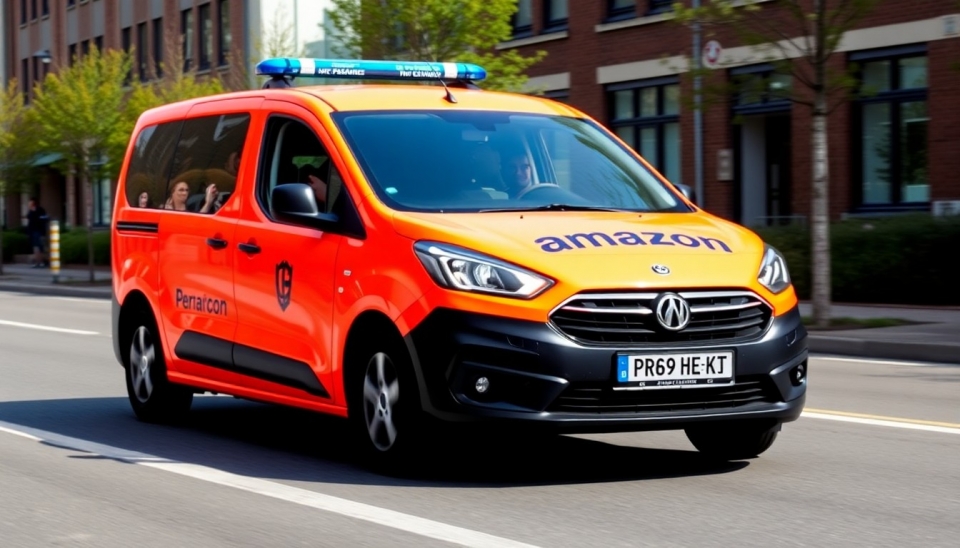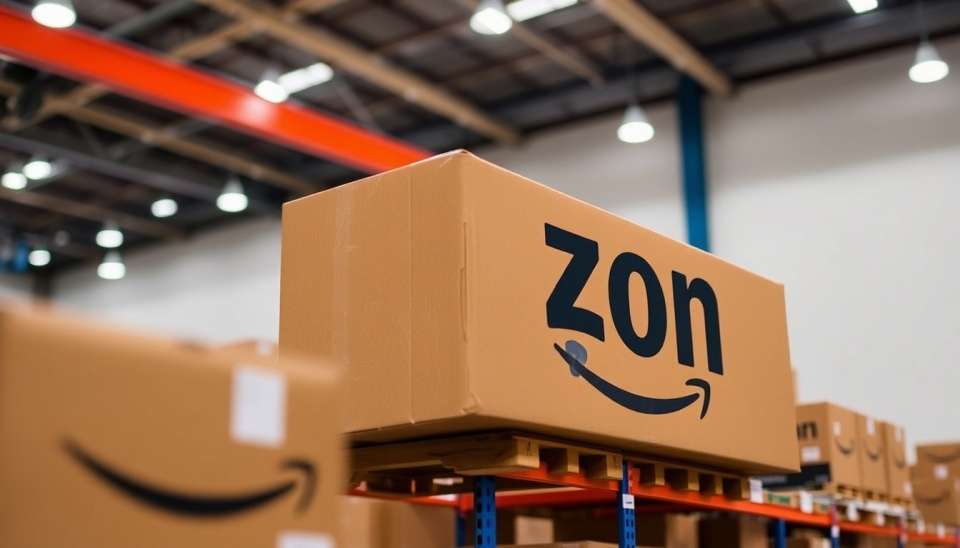
In an intriguing development within the Amazon logistics framework, the e-commerce giant has taken a bold step by training its delivery drivers in Europe to serve as first responders in emergency situations. This innovative approach aims to ensure quicker response times and foster community safety, tapping into the existing workforce of drivers as a reliable resource during critical incidents.
The initiative, which is currently being trialed in select regions, involves specialized training for drivers. They are being equipped not only with the skills to handle emergencies but also with essential supplies, including first-aid kits and emergency contact protocols. The overarching goal is to empower these drivers to act swiftly in the event of accidents, medical emergencies, or other crises while on their delivery routes.
Amazon's decision to expand the responsibilities of its drivers aligns with a growing trend of leveraging civilian resources in emergency situations. It's a reaction to increasing demands for faster emergency assistance in urban areas, where traditional emergency services may struggle to reach individuals in time due to traffic congestion or other barriers.
The program has garnered both support and skepticism. Proponents argue that equipping drivers with emergency response skills could save lives, particularly in densely populated urban environments. Critics, however, caution against overburdening drivers with responsibilities that stretch beyond their primary delivery role, highlighting concerns regarding the potential stress and liability involved in such situations.
This initiative comes as part of Amazon's broader strategy to enhance community integration and improve its corporate image, which has faced scrutiny in recent years over labor practices and working conditions. By placing their drivers in a position to serve the community, Amazon looks to reframe its brand as not just a logistics powerhouse, but a proactive participant in public safety.
Moreover, feedback from test cities will shape how the program may be expanded or modified. Amazon is closely monitoring the impact on drivers as well as the effectiveness in responding to emergencies. This innovative approach may set a precedent for other delivery services to consider similar models, thereby transforming the logistics landscape in response to community needs.
As the program progresses, many will be watching to see its ramifications for both Amazon's operational structure and its reputation. The integration of such responsibilities raises significant questions about the future of gig economy jobs and how companies might evolve to play more active roles in their local communities.
In summary, Amazon's experiment of training drivers as first responders is pioneering a new chapter in logistics and community service, potentially reshaping how businesses engage with both their employees and the communities they serve.
#Amazon #FirstResponders #CommunitySafety #DeliveryDrivers #LogisticsInnovation #EmergencyResponse
Author: John Miller




